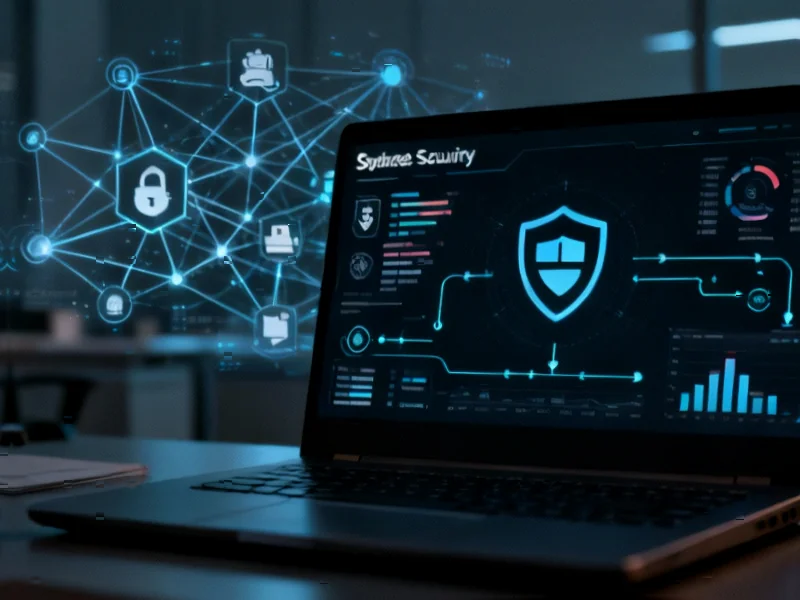According to engadget, Proton has launched a new Data Breach Observatory that monitors dark web marketplaces to track personal information leaks in near real-time. The initiative aims to address the significant underreporting of data breaches by companies who fear regulatory and customer backlash. Proton is collaborating with risk detection firms to scan underground data markets where stolen information is advertised and traded. The company’s own research reveals staggering numbers for 2025 alone – approximately 1,571 data breaches compromising well over 100 billion records, averaging about five breaches daily. This ambitious project represents a fundamental shift in how we approach breach transparency.
Table of Contents
The Fundamental Flaw in Current Breach Reporting
The current system for tracking data breaches relies heavily on voluntary disclosure by affected organizations, creating what security professionals call the “iceberg problem” – we only see the tip of actual incidents. Companies face powerful disincentives to report breaches, including stock price impacts, regulatory penalties, and customer churn. What makes Proton’s approach particularly innovative is that it bypasses this broken reporting chain entirely by going directly to where the evidence of breaches inevitably surfaces: the dark web markets where stolen data becomes currency. This mirrors how law enforcement tracks physical stolen goods by monitoring fence operations rather than waiting for victims to report losses.
The Immense Scale and Technical Hurdles
Monitoring five breaches daily with “near real-time” updates represents an enormous technical challenge that even well-funded government agencies struggle with. The dark web operates across constantly evolving platforms with sophisticated obfuscation techniques, requiring advanced crawling, natural language processing, and pattern recognition capabilities. Proton’s partnership with specialized risk detection firms suggests they’re taking a federated approach rather than building this capability entirely in-house. The volume of data – 100 billion records in just the first part of 2025 – indicates we’re dealing with automated scraping and analysis systems that can process petabytes of information while distinguishing legitimate threats from noise.
How This Changes the Cybersecurity Landscape
This initiative by Proton represents a significant escalation in the transparency arms race between security providers and compromised organizations. If successful, it could force faster breach disclosures as companies realize their incidents will become public knowledge regardless of their reporting decisions. For security-conscious companies like Proton that built their reputation on privacy with services like ProtonMail, this also serves as a powerful branding opportunity that positions them as industry watchdogs rather than just service providers. We’re likely to see competitive responses from other security firms, potentially leading to multiple dark web monitoring services that collectively improve our understanding of the true cyberattack landscape.
The Delicate Balance of Monitoring Criminal Activity
There’s an inherent tension in an organization known for privacy advocacy actively monitoring underground markets. Proton must navigate ethical questions about how they collect this intelligence without compromising their core privacy principles. Their approach will need to balance comprehensive monitoring with respect for the legitimate privacy uses of the dark web, which includes protecting journalists, activists, and ordinary citizens in repressive regimes. The success of this initiative will depend not just on technical capability but on maintaining trust that they’re monitoring for criminal activity without overstepping into surveillance of legitimate dark web usage.
What Success Looks Like and Potential Evolution
If Proton can maintain this service with consistent accuracy, it could evolve into an essential early warning system that benefits both individuals and the security industry. The next logical step would be integration with identity protection services and automated alert systems that notify potential victims before their information is exploited. However, the real test will be whether this data leads to actionable intelligence that actually prevents fraud and identity theft rather than just documenting the scale of the problem. As the service matures, we might see regulatory bodies and law enforcement agencies formally incorporating its findings into their own monitoring and response protocols.



